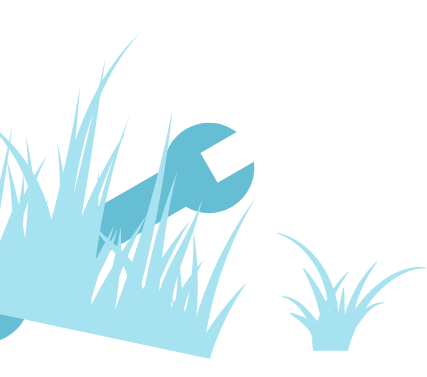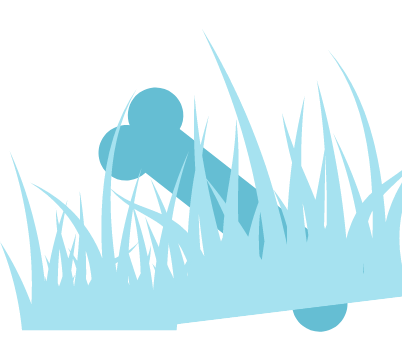Welcome to Ready & Able, formerly known as David LeRoy Plumbing! Although our name and brand have changed, we are still here to serve you and all of your plumbing, heating, cooling, and air quality needs!


As temperatures drop and frost settles in overnight, frozen pipes threaten to turn a cozy home into a soggy disaster zone. A little planning now keeps water flowing and your walls dry when winter’s chill arrives. At Ready & Able Plumbing, Heating & Air in Harrisburg, PA, we help homeowners take the guesswork out of preparing their plumbing for freezing nights.
Outdoor faucets often conceal water in pipes that run along exterior walls, and when that water freezes, it forms a destructive ice plug. To prevent a burst pipe, locate the indoor shutoff valve for each outside tap and close it completely. Then head outside, open the faucet fully, and let every last drop run free. Leaving the handle open relieves pressure and allows any remaining moisture to expand safely.
Repeat these steps for every exterior spigot on your property. For extra protection, consider faucet covers or have a professional install frost-proof fixtures that shut off water inside a heated wall cavity. That upgrade prevents ice from ever forming in exposed sections, thereby avoiding emergency repairs during cold snaps.
The locations of pipes in basements, crawl spaces, and garages put them at risk of freezing on cold nights. Wrapping those pipes in foam insulation sleeves adds a barrier against drafts. Installers cut each sleeve to the proper length, slide it around the pipe, and seal seams with waterproof tape to keep moisture out.
For runs hidden inside walls, plumbers can use spray foam or loose-fill insulation injected through small holes, encasing pipes without major demolition. Insulation slows heat loss, but it doesn’t make pipes freeze-proof, so pairing insulation with adequate heat in those spaces is essential. Well-wrapped pipes retain their warmth more effectively, which means less energy loss and more consistent hot-water delivery.
If a pipe does burst, a quick turn of the main shutoff valve can keep a small leak from becoming a flood. Over years of use, valves can stiffen or develop leaks around the packing nut. A professional plumber will cycle each valve fully off and then on again, and replace worn washers or parts if necessary.
They’ll also check under-sink and appliance shutoffs, marking any that feel stiff or drip afterward. Clear labels on each valve’s location speed up your response when freezing temperatures strike at night. A valve that turns easily and seals tightly puts you back in control quickly, cutting water flow before damage spreads.
Cold weather pushes your water heater into overtime as heating cycles run longer to maintain warm showers. A plumber will flush sediment from the tank, test the pressure-relief valve, and verify thermostat settings so your unit meets demand without overworking. On older units, they may recommend wrapping the tank in an insulating blanket to reduce heat loss—but newer water heaters are already well insulated and may not benefit.
Meanwhile, fall rains can saturate soil around your foundation, and frozen ground can block natural drainage. A sump pump check involves clearing debris from the basin, testing the float switch, and ensuring the discharge line stays free of ice or blockages. That way, heavy winter rains or thaw cycles won’t leave your basement underwater.
Swapping standard outdoor taps for frost-proof models shifts the shutoff point inside heated walls, protecting faucets from freezing. Adding smart leak sensors at key spots—under sinks, behind your water heater, and next to the washing machine—adds a modern layer of defense.
These sensors ping your phone at the first sign of moisture and can link to an automatic shutoff valve on the main line. Just keep in mind that they rely on Wi-Fi and power to function, so pairing them with a battery backup or generator ensures protection during winter storms.
Keeping a steady home temperature helps pipes near exterior walls avoid sudden freezes. Experts recommend maintaining at least 55°F indoors at all times, even when you’re away. An HVAC professional can balance your ductwork so warm air reaches every corner of your house evenly. If a supply vent lands under a blocked couch or behind drapes, that section can dip close to freezing while the rest of your home feels snug.
Technicians adjust dampers or add small inline fans to push heated air into those cooler spots. They might also tweak your thermostat schedule to hold overnight temperatures above the freezing threshold pipes need, while still keeping comfort and energy costs in check.
In the fall, book a winter-readiness check from a licensed plumber who brings out moisture meters and camera scopes to inspect hidden junctions. They’ll test your backflow preventer, check water pressure regulators, and confirm your system is working at safe levels.
For example, catching a minor backflow leak on an irrigation line before frost can save you from a burst beneath your garden. A pre-freeze professional visit not only locks in warranty protections for new fixtures but also gives you peace of mind when the thermometer plunges.
Your plumbing system can evolve as your needs grow. You might start with leak sensors and later add fixture-level flow monitors or frost alarms linked to your smart home network. A professional installation maps out your home’s entire plumbing layout, leaving room for future upgrades without tearing out walls.
That flexible approach means you’re ready for tomorrow’s technology rather than wrestling with outdated systems. As more smart devices hit the market, your plumbing platform stands ready to integrate new sensors, automated shutoffs, and monitoring tools that keep you ahead of winter’s worst.
Once festivities wind down, plan a professional drain cleaning to clear any hidden buildup your at-home routines couldn’t catch. A trained plumber uses video cameras to inspect your pipes, spotting grease patches or trapped debris before they cause a serious blockage. They may run an enzyme-based cleaner through your system to break down organic material without harsh chemicals, then flush lines with high-pressure water to sweep away remaining grit.
Enzyme treatments are best for light buildup and ongoing maintenance, while heavy grease or invading roots often require mechanical clearing. Scheduling this service in January or February takes advantage of slower plumbing calendars, which often means faster appointment times and more flexible scheduling. When the technician arrives, you’ll get a clear report on each drain’s condition, with video footage so you know exactly where trouble spots lie.
Many of the steps on this checklist guard your home from frozen pipes and leaks when frost arrives. Ready & Able Plumbing, Heating & Air offers leak detection, water heater tune-ups, and emergency repairs to cover all your plumbing needs. Ready to protect your pipes before the cold snap?
Call Ready & Able Plumbing, Heating & Air today to schedule your winter plumbing prep.
Welcome to Ready & Able, formerly known as David LeRoy Plumbing! Although our name and brand have changed, we are still here to serve you and all of your plumbing, heating, cooling, and air quality needs!